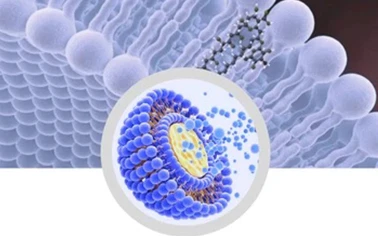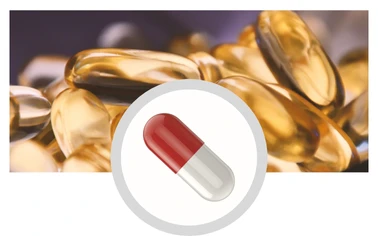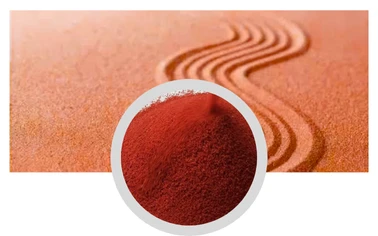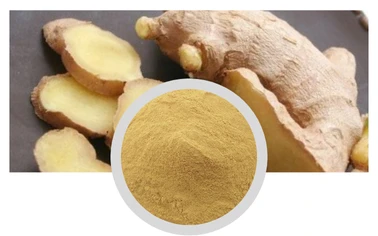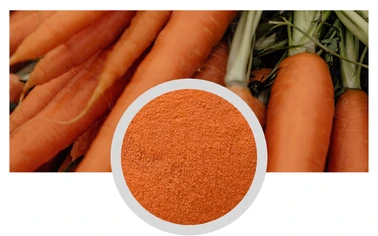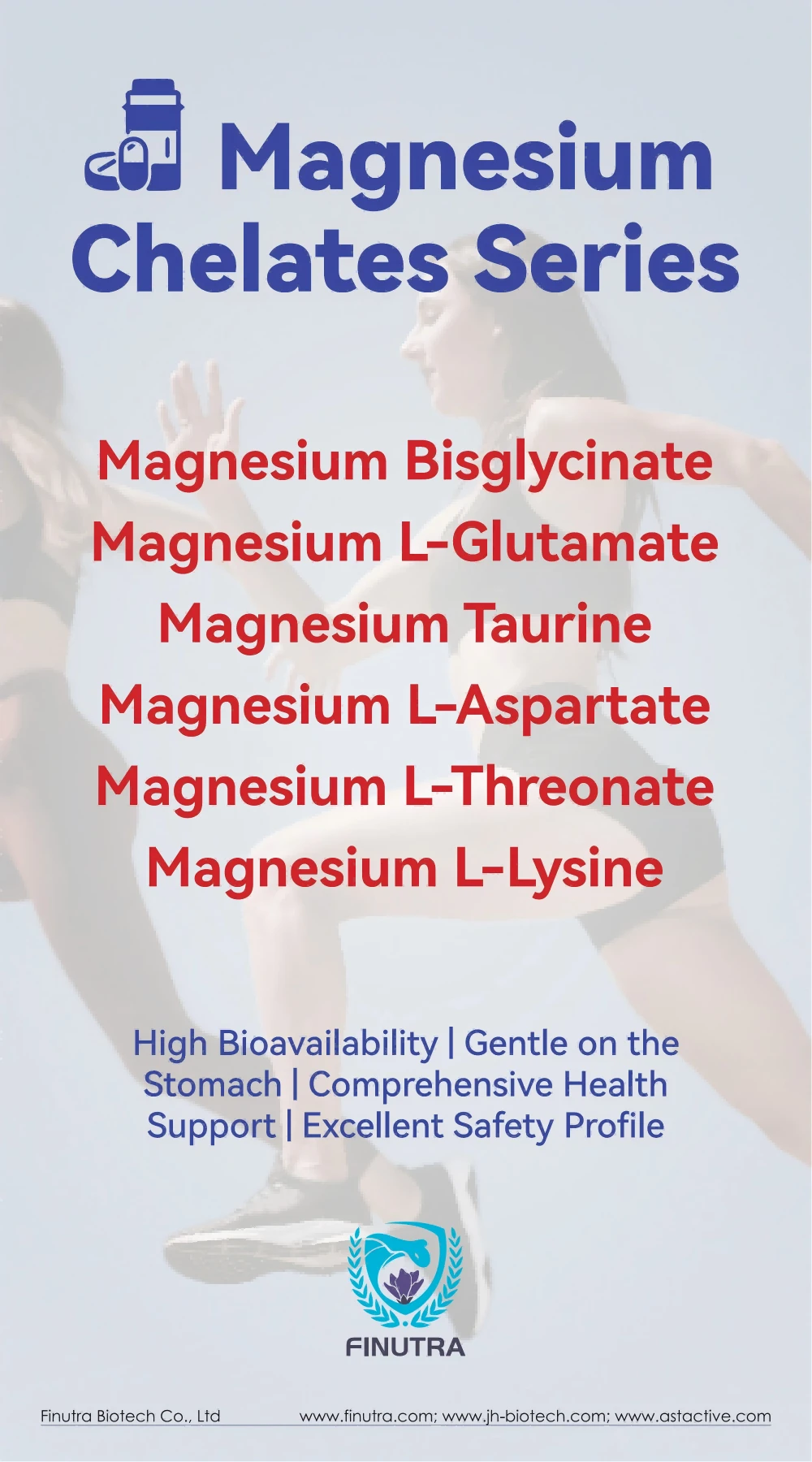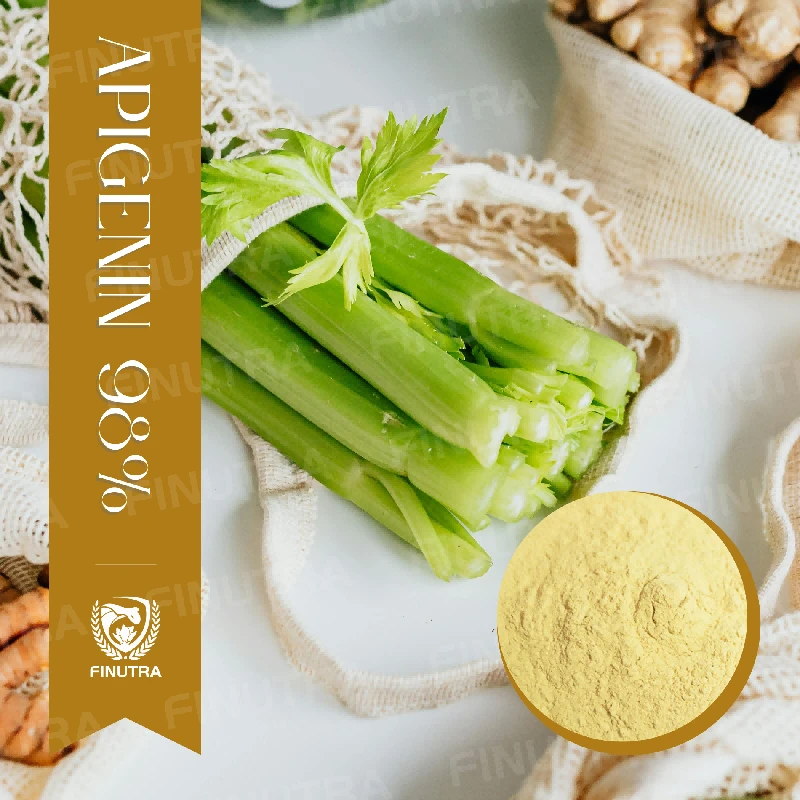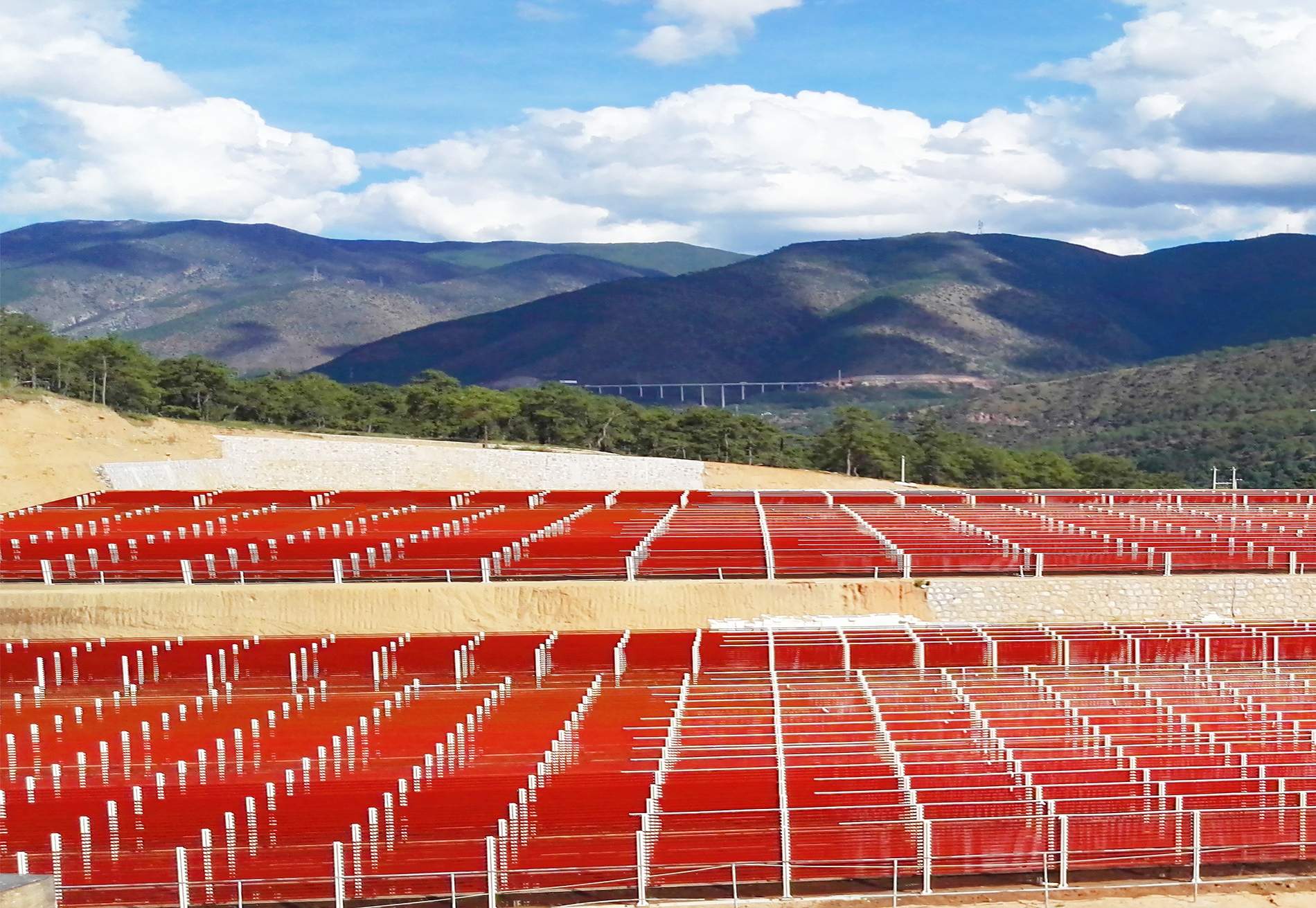
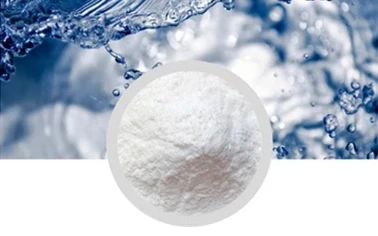
Alternatively, for a water-based extraction, simply soak the chopped garlic in a small amount of tepid water. After several hours, the allicin-rich water can be strained and used promptly, given the water's lack of preservation properties compared to oil-based solutions. Experts recommend avoiding heat during either extraction process, as high temperatures can rapidly degrade allicin. This aligns with research emphasizing temperature sensitivity; thus, maintaining a cool environment is essential to safeguard the stability and efficacy of the allicin. For commercial applications, laboratory practices often recommend freeze-drying the garlic prior to applying an extraction solvent like ethanol. While this method requires specialized equipment and expertise, it offers a higher yield of allicin, making it ideal for developing supplements and other products on an industrial scale. Addressing potential challenges, one might encounter variations in allicin yield due to factors such as garlic variety, climate conditions where it was grown, and processing techniques. An understanding of these variables is crucial for achieving consistent results, underscoring the need for rigorous testing and quality control in professional extraction settings. To conclude, extracting allicin from garlic requires a blend of simplicity in preparation and precision in execution. By adhering to scientific guidelines and expert insights, this process can be effectively accomplished, whether for personal health benefits or as a venture into consumer products. As with any natural compound, maintaining the quality and purity of the source material is paramount, advocating for a thoughtful, informed approach to harnessing allicin’s potential.
Post time:Feb - 16 - 2025



